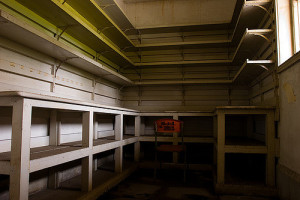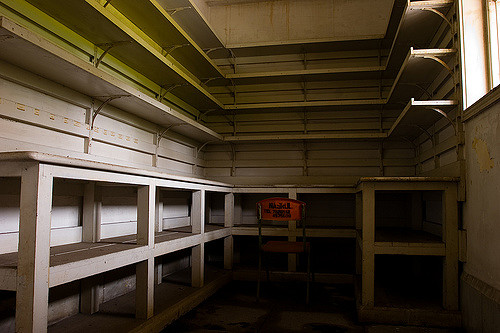>> Roughly >> one in five households in North Carolina are food insecure. What does that mean? It means that 1 in 5 households have “ limited or uncertain availability of nutritionally adequate and safe foods or limited or uncertain ability to acquire acceptable foods in socially acceptable ways.” For children in North Carolina, food insecurity statistics jump to >> one in four. Some of the worst cities in North Carolina for food insecurity are Winston-Salem, Greensboro, and High Point, and many rural counties also exhibit extreme poverty. >> This interactive map shows data from across the state .
Roughly >> one in five households in North Carolina are food insecure. What does that mean? It means that 1 in 5 households have “ limited or uncertain availability of nutritionally adequate and safe foods or limited or uncertain ability to acquire acceptable foods in socially acceptable ways.” For children in North Carolina, food insecurity statistics jump to >> one in four. Some of the worst cities in North Carolina for food insecurity are Winston-Salem, Greensboro, and High Point, and many rural counties also exhibit extreme poverty. >> This interactive map shows data from across the state .
For families with school age children, there is some help in the form of the public school free-and-reduced lunch programs, but during scheduled and unscheduled breaks from school (think snow days), those programs are not available. These breaks, in other words, often mean hunger and hardship for those with the most acute need.
Backpack programs, such as the ones run by the >> Inter-Faith Food Shuttle , >> Food Bank of North Carolina , and >> TABLE in Carrboro, are some ways in which communities are working together to help those with food insecurity have adequate nutrition over these breaks, but it is always a challenge. School closings have a “really significant impact” on the food pantries, according to Elizabeth Newman who manages the food and clothing pantries for >> Urban Ministries of Durham .
“Many programs aimed at feeding children in need are tightly intertwined if not directly connected with school,” writes Earline Middleton from the >> Food Bank of North Carolina . In Durham, North Carolina, over 20,000 students—just about 65% of all the students in the district—receive a >> free or reduced lunch at school. >> Statewide , over 50% of the students are enrolled in free or reduced lunch programs. Schools serve as the point of contact for children to receive food aid from organizations such as The Food Bank of North Carolina and TABLE, who distribute their >> Weekend Power Pack and >> Weekend Meal Backpack respectively through the public school system.
As the >> North Carolina Justice Center points out, however, food insecurity should not be something that is seen as inevitable. Policies, like SNAP (formerly food stamps) can be leveraged to “help people have enough food to eat and gain a foothold on the economic ladder.” But instead of using programs like SNAP to help people, starting next year, “more than 100,000 of the state’s poorest adults could be cut off SNAP due to the >> return of a harsh three-month time limit for childless, non-disabled adults aged 18-49 .”
The holiday season and the winter months offer a perfect storm of issues for those who are food insecure. School is on break, and intermittent and unscheduled storms could cause unexpected interruptions to food supplies. Heat costs money. Warm clothes are in short supply, and SNAP programs are being cut.
Here are some things you can do if you are in need of help:
- Find your >> local food bank . For example, the Inter-Faith Food Shuttle runs open markets at various locations.
- Reach out to local food pantries in your area, like the Urban Ministries of Durham.
- Find out if your child is eligible for >> free or reduced lunch .
If you are in the position to help, please reach out to one or more of your local organizations and find out how you can help North Carolina families this winter.

There are no comments
Add yours